FORT LEE, Va., Jan. 14, 2011 -- Caissons keep rolling along with help from the U.S. Army Ordnance School. Some of the oldest equipment in the Army is being updated with new hardware, thanks to state-of-the-art technology currently being fielded here.
For almost 100 years, Caisson Wagons have served our military. They've carried the flag draped caskets of Presidents Franklin D. Roosevelt, Herbert Hoover, John F. Kennedy, Dwight D. Eisenhower, Lyndon B. Johnson along with Army General Douglas MacArthur and countless other military heroes over the years.
Staff of the Ordnance School's Metalworking Services Training Division are currently using industry leading technology to replicate ceremonial inserts for the horse breast collar plate, brass wagon wheel spindle caps and wheel locks for The Old Guard's Caisson Wagons.
Known as the 3rd U.S. Infantry Regiment, The Old Guard is the Army's oldest active Infantry Regiment. They are considered the Army's premiere ceremonial unit, escort to the president of the United States, and use Caisson Wagons and horses to transport fallen servicemembers to their final resting place at Arlington National Cemetery, Va.
According to Chief Warrant Officer 4 Anthony Direnzo, U.S. Army Caisson Platoon leader, 3rd U.S. Infantry Regiment, the equipment is in constant use performing more than 1,700 full-honor ceremonies yearly. Originally built in 1918 to transport 75mm cannons and ammunition, caissons require extensive upkeep to maintain good working order.
"We pull the caps off once a month to grease the axels," said Direnzo. "The equipment is almost 100 years old and 95 percent original, so replacement parts are obsolete and must be manufactured when needed."
Because of the constant wear and tear, replacement parts were needed, and with his Ordnance background, Direnzo knew where to find Soldiers who specialize in this type of work.
"I knew the Army had machinists being trained at Fort Lee," he said. "So, I contacted the Ordnance School to see if it might be something they could use for training. It turned into a win-win situation."
To help accomplish the mission, The Old Guard sent a wagon wheel, worn-out parts and drawings along with an idea of what they wanted for the new design to the Ordnance School. The mission was given to the course testing the most advanced fabrication technology in the Army.
"What's interesting about this project is that we're repairing some of the oldest equipment in the Army's inventory with some of the newest equipment the Army is using for training," said Chief Warrant Officer 4 William Moore, 914A Allied Trades Warrant Officer Course instructor. "The machines we're using are on the cutting edge of technology."
Unlike the older machines which require the user to physically set the speed, feed, depth and length of cut, the new equipment uses computer programming to manufacture parts. The traditional manual machine relies solely on machinist skill for accuracy and provides challenges for reproducing parts.
The new machines are Computer Numeric Control, which enable the user to create a program by answering questions and inputting data, or by uploading information from a Computer Aided Drafting and Manufacturing programming.
This program produces a code the machine can easily translate and use to control all functions of operation. CNC is the key to making repetitive parts with extreme accuracy.
"The system worked great for The Old Guard project," said Moore, who teaches students how to use the new CNC equipment and programming so they can remain up-to-date on industry technology. "CNC machining brings a new way of producing parts to the Army. If we can draw it, preview the cut pattern and ensure the machine can perform the operations, then we can make it."
The process used to make the parts is called reverse engineering and requires many steps to be completed before the first piece of material can be cut.
"I started by taking the dimensions from the old parts, then I drew them into the program which converted the drawings into the necessary code," said Bruce Walker, CNC instructor. "With the program and new equipment, we are able to easily change and modify the design to make production more efficient and the final product better. Overall, it took us about 80 hours to complete the project which saved time, materials, and money compared to the 200 or more hours it would have taken to do the production manually."
While the staff enjoyed taking on the project to test and utilize the new technology, their biggest excitement was the purpose. "It's just a complete honor being able to repair this equipment for The Old Guard," said Walker. "Knowing these parts are going on Caissons that will be used to transport fallen heroes to their final resting place at Arlington, makes the job extremely special."

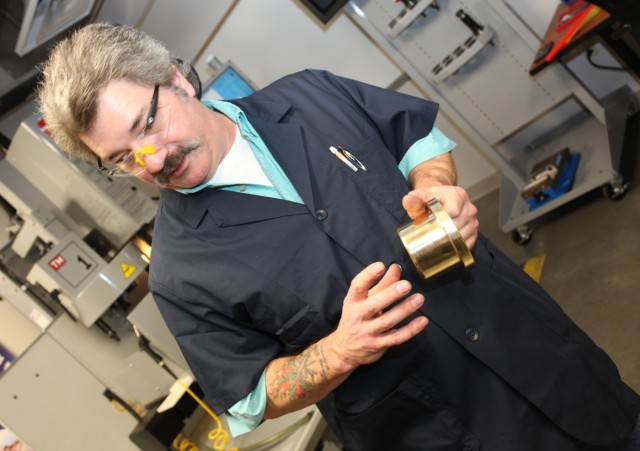
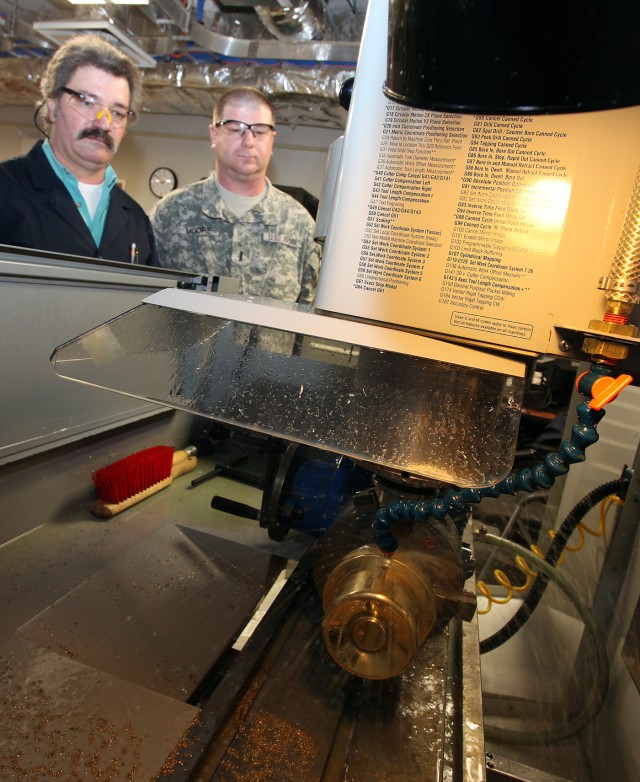
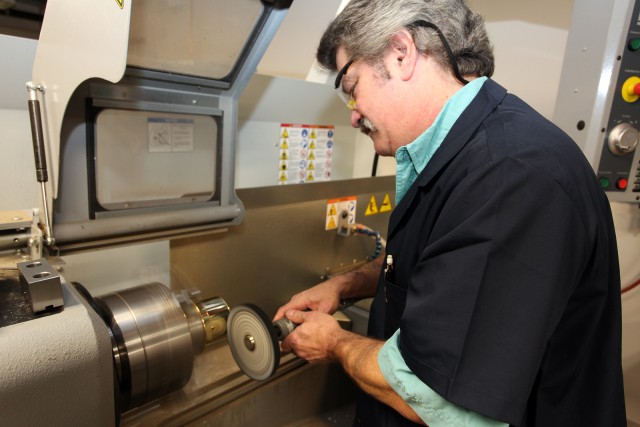
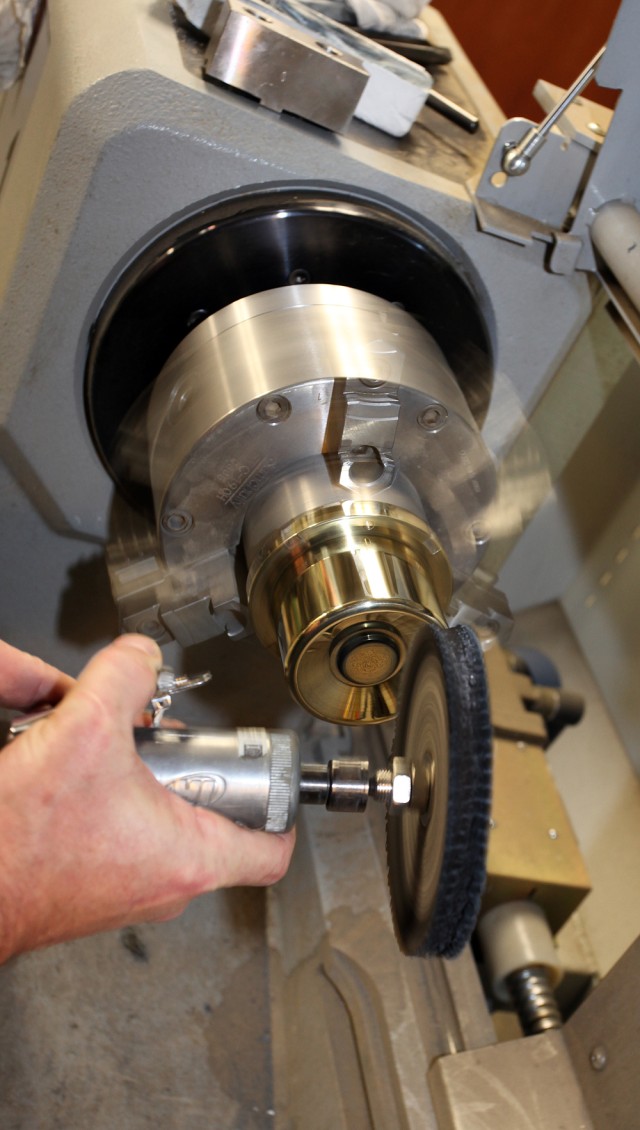
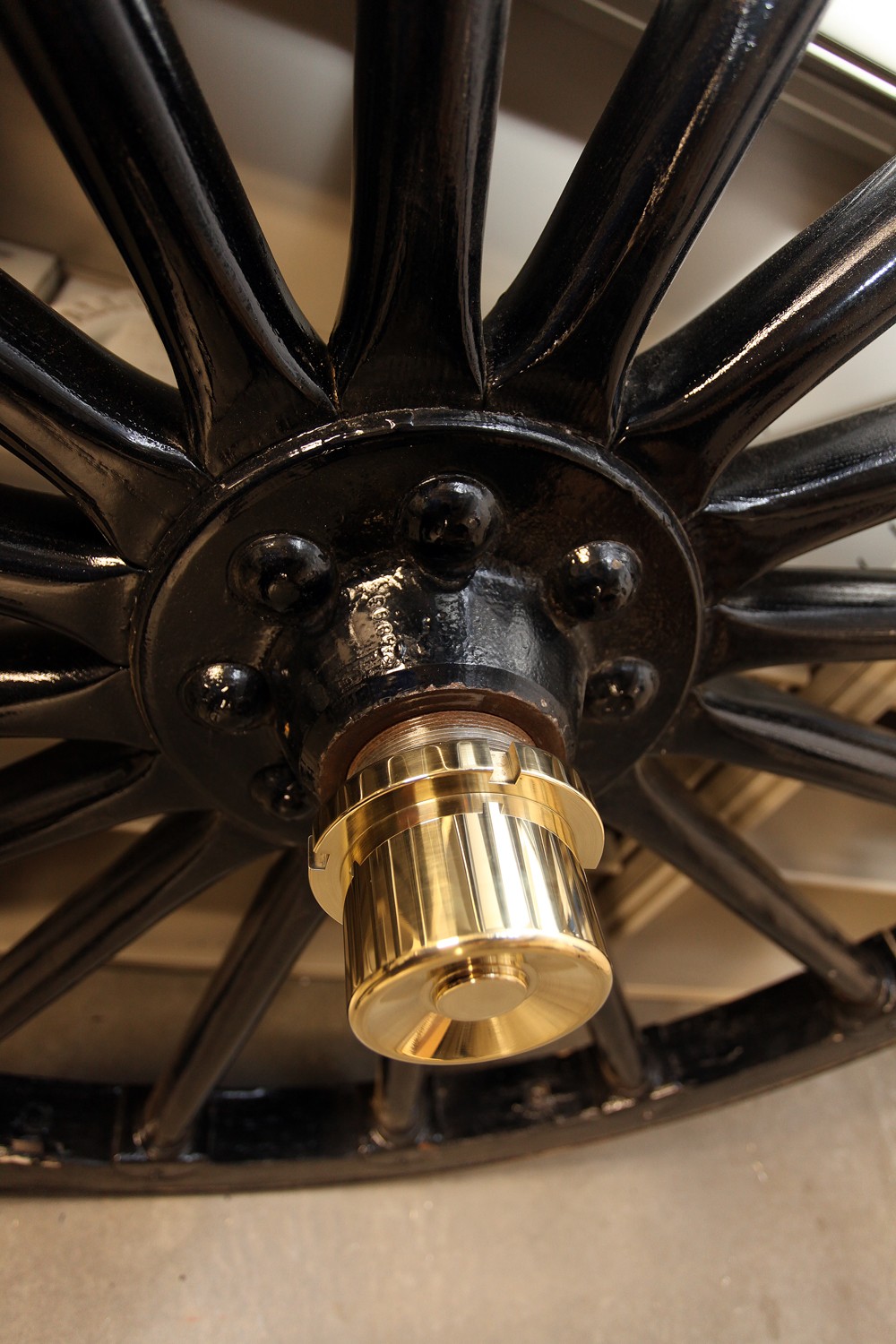
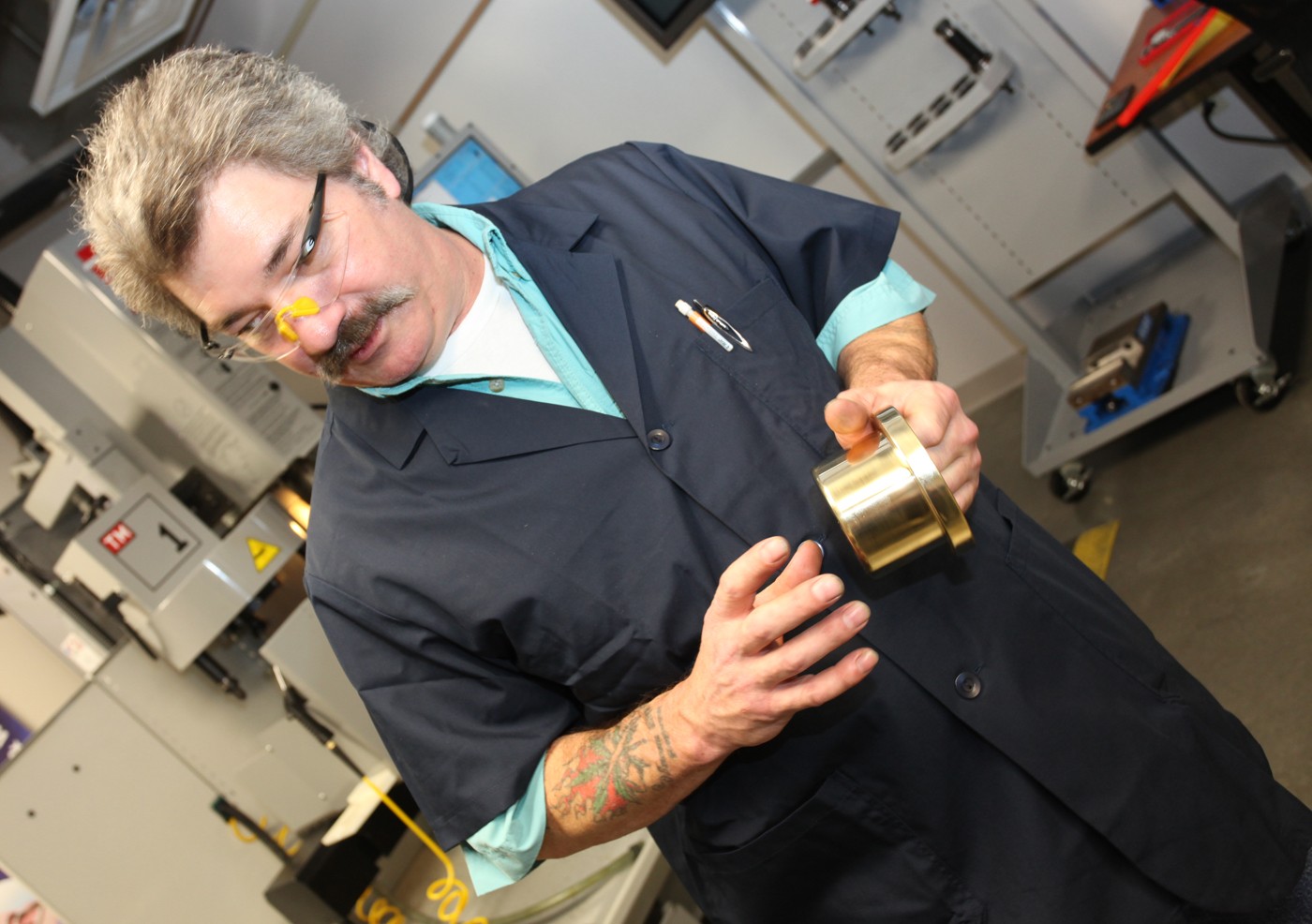
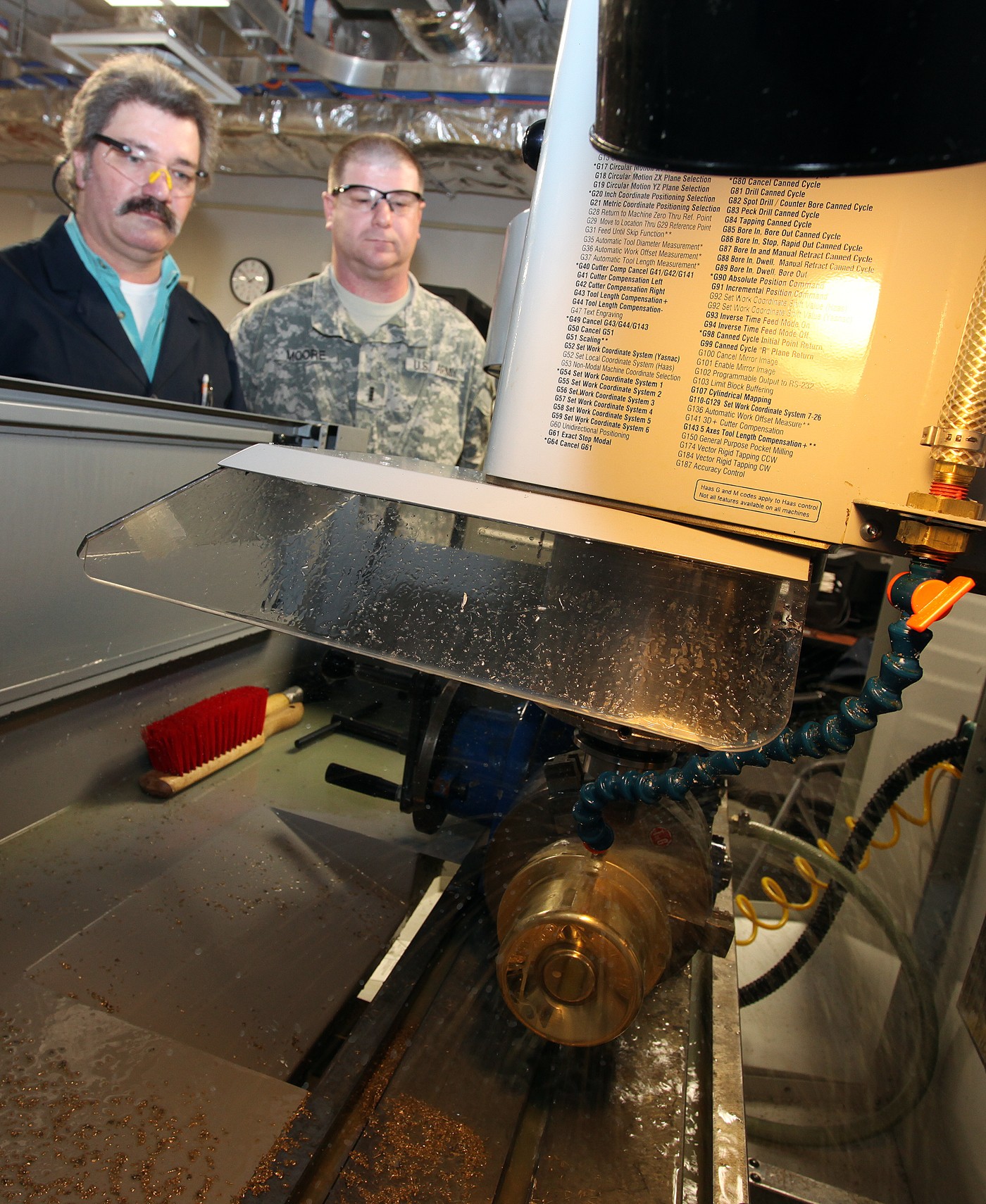
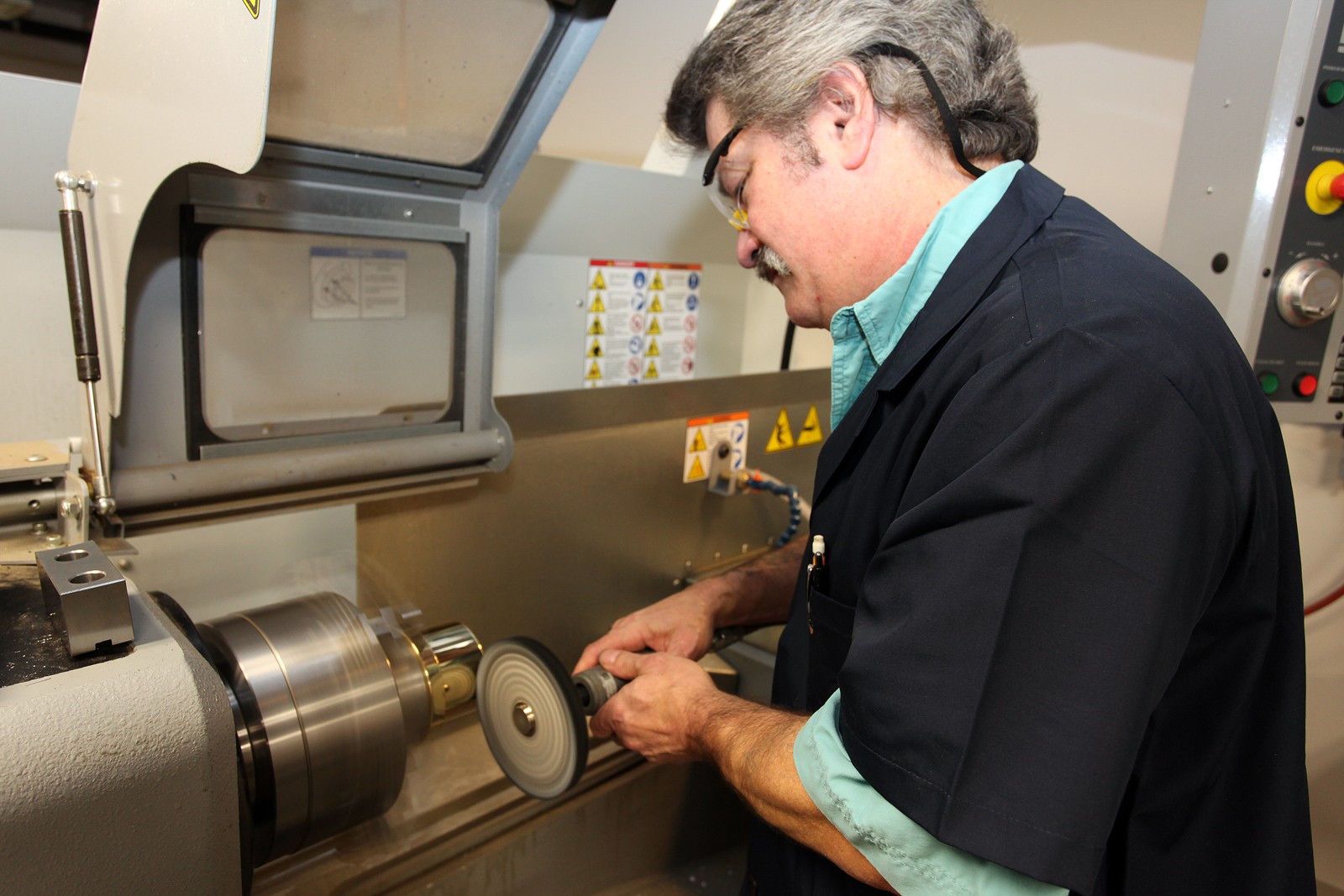
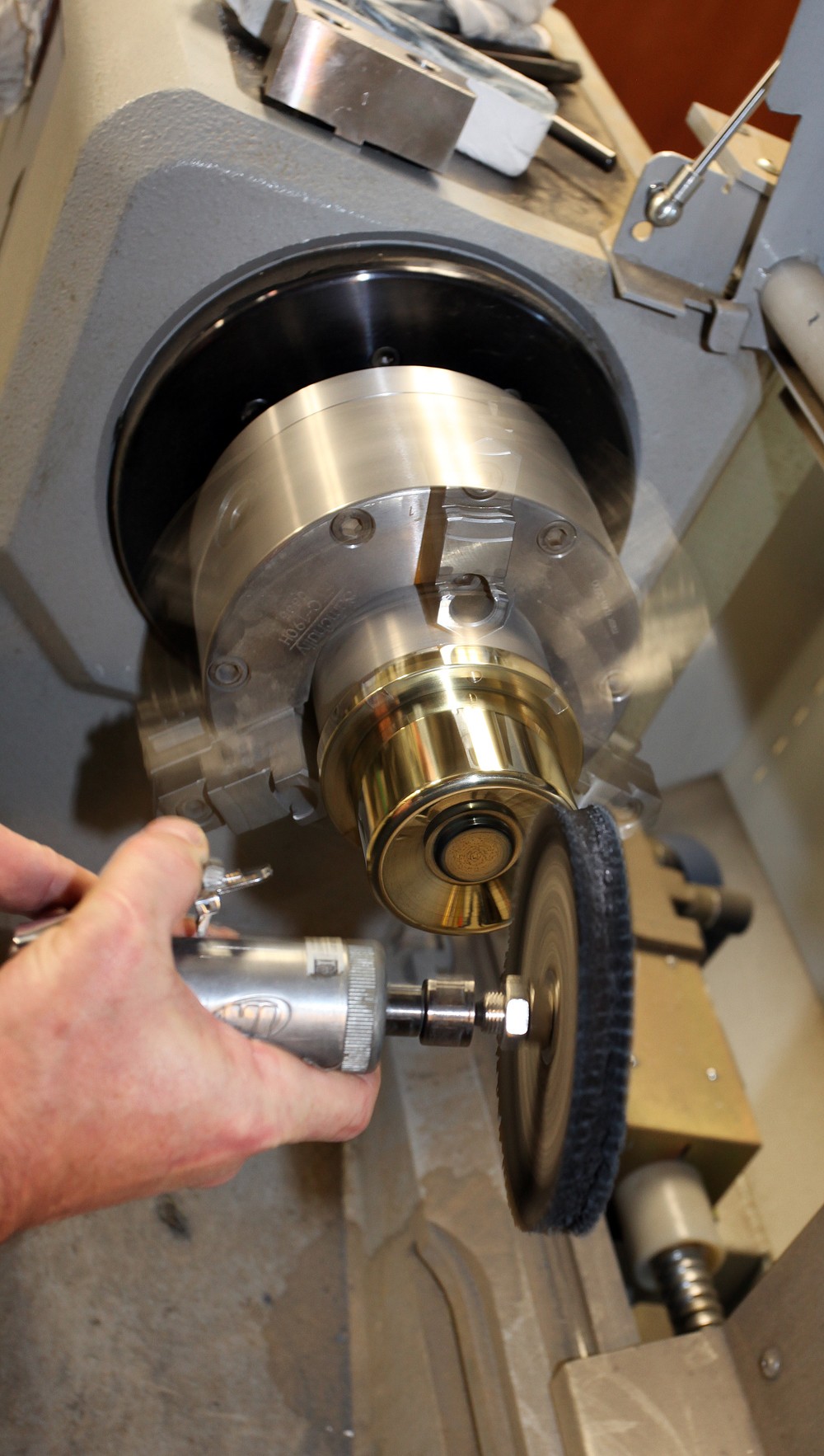
Social Sharing